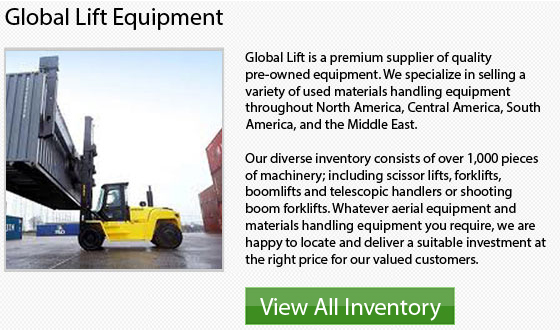
The lift truck has become a vital piece of machinery that can raise and transport products and heavy materials with both speed and efficiency. How a company makes use of this tool can significantly affect its productivity.
Free stacking pallets is the most common storage method. Using this storage method is both easy and economical for your forklift. Free Stacking Pallets involves placing one pallet over another to make a stack of goods. This is a stable storage method and is suggested when handling huge amounts of the same goods, or numerous pallets of the same dimensions and height. The disadvantage of this specific method is that it only allows access to the objects placed last, so it does not enable a First In First Out system.
Pallet Racking is a technique that involves the stable storage of different sized pallets. Any pallet could be accessed at any time, that allows a First In First Out or Last In First Out method. It enables the rack to grow and change shape depending upon every day needs. This specific system requires aisles that are sufficiently wide to allow a lift truck to freely access the racks and maneuver easily. The downside is that this particular method means less pallets can be handled within the setting. This may not make a difference if there is sufficient space available.
Similar to Pallet Racking, the technique known as Narrow Aisle Racking allows a First In First Out or Last In First Out system. It differs in that a special narrow lift truck is utilized. This means that smaller areas are necessary between the aisles of pallets than in the Pallet Racking way. The advantage is that more goods can be stored in the same space. The downside is that you would have to transition to a different kind of truck if you already own a regular lift truck. The expenditure of acquiring special machines might be a deterrent to adopting this specific method of storage.
Utilizing your lift truck to its fullest potential is important since it pays to analyze your storage costs and retrieval costs of pallets. Then you can determine whether there are more efficient ways to utilize your lift truck to accelerate the process or to increase the usable space of your units. Greater effectiveness equals greater productivity.